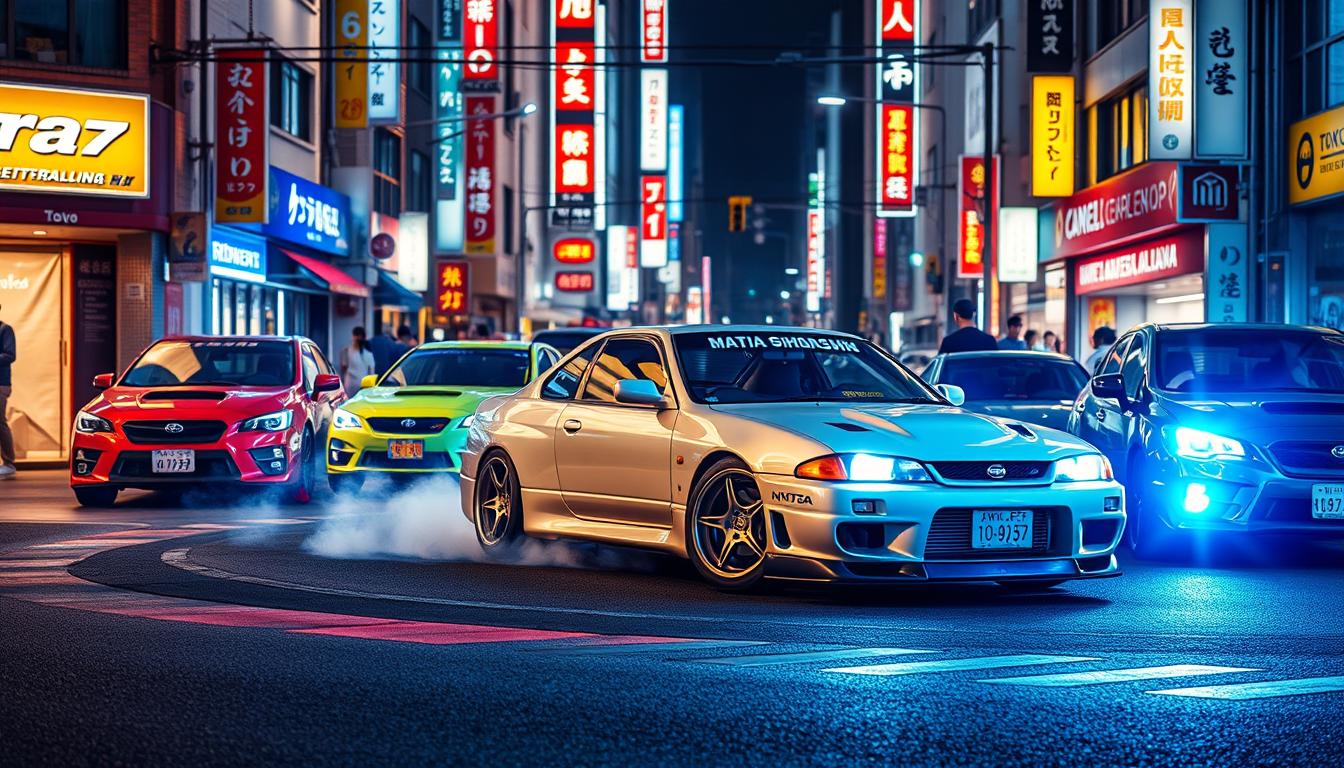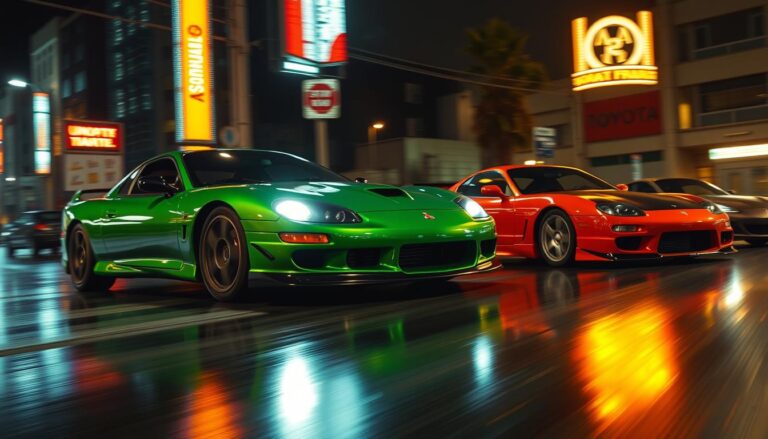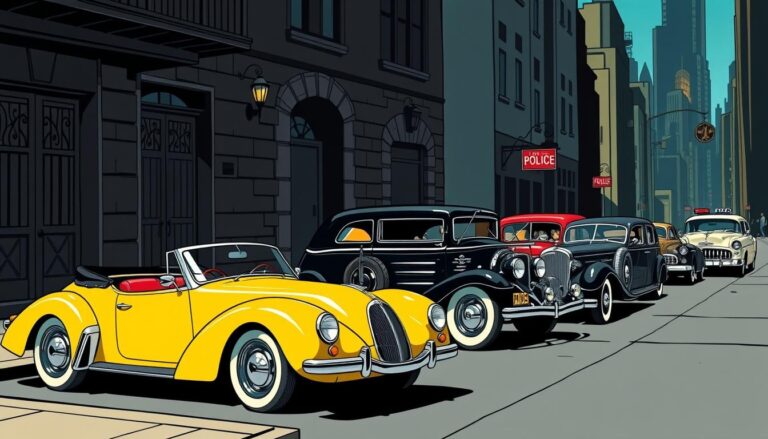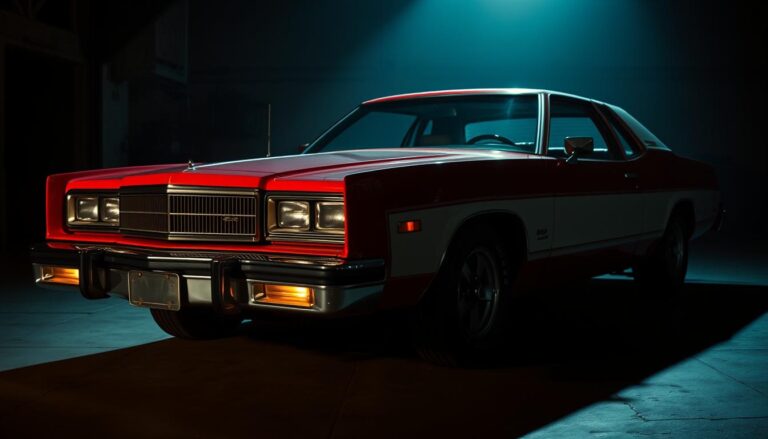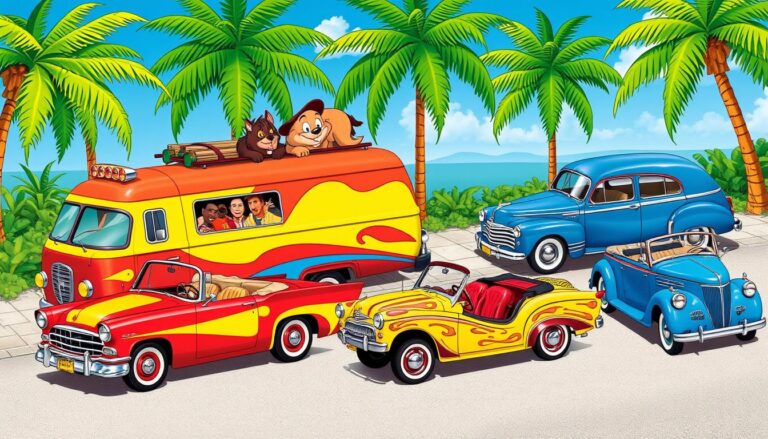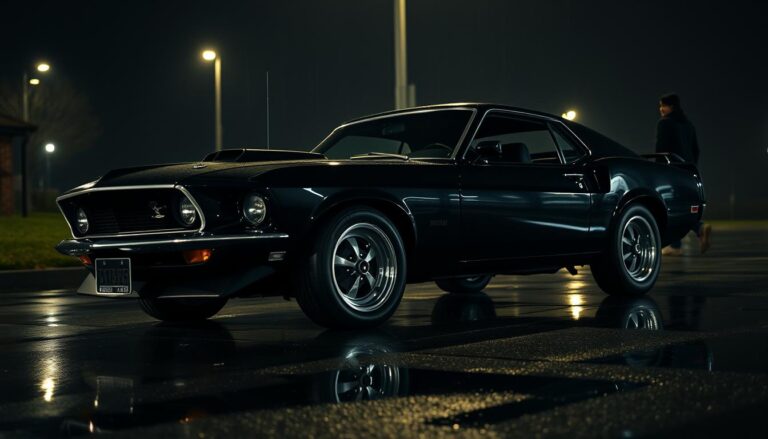All the Cars in “The Fast and the Furious: Tokyo Drift” (2006)
“The Fast and the Furious: Tokyo Drift,” released in 2006, is a defining entry in the Fast & Furious franchise that spotlights the vibrant and dynamic world of Tokyo’s drifting culture. This film not only showcases thrilling car chases but also introduces us to a mesmerizing array of Tokyo Drift cars that embody the essence of Japanese automotive ingenuity. As we delve into this article, we’ll reveal the full Fast and Furious vehicle list while examining the specifications and modifications of these incredible machines.
The importance of car culture in Tokyo Drift is profound, as it reflects a lifestyle and community that thrives on speed and style. Each vehicle featured in the film contributes to a narrative steeped in camaraderie and competition, setting the stage for exhilarating action sequences that have captivated audiences worldwide. Join us as we explore the iconic cars that not only shaped the film but also left a lasting impression on fans and car enthusiasts alike.
Introduction to Tokyo Drift Cars
The film “The Fast and the Furious: Tokyo Drift” showcases a unique relationship between cars and the culture in Tokyo Drift. The significance of cars extends beyond mere machines; they embody freedom, identity, and rebellion for the characters. The protagonist’s journey into drift racing culture represents a form of self-expression. Vehicles symbolize not just transportation but status and belonging within the vibrant Tokyo street racing community.
The Significance of Cars in the Film’s Culture
Cars serve as vital cultural symbols in “Tokyo Drift.” They are not only tools for racing but also reflections of personal identity. Each character’s vehicle displays their individuality, showcasing how the significance of cars influences their social standing in the drift scene. The film touches upon themes of transformation, where the protagonist discovers his path through the world of racing. Tuning and modifying cars become expressions of personality and a vehicle for character development.
Overview of the Drift Scene
The drift scene overview in “Tokyo Drift” provides thrilling insights into drift racing culture. Key racing events highlight various drifting techniques that require immense skill and precision. The characters navigate high-speed maneuvers with an adrenaline-fueled ambiance, portraying the excitement of Tokyo Drift racing. This portrayal emphasizes the camaraderie and rivalries that develop among drivers, showcasing the social aspect of the racing community. Drift racing not only displays the artistry of car control but also emphasizes the tight-knit relationships formed in the quest for speed.
| Aspect | Description |
|---|---|
| Symbolism | Cars represent identity and rebellion. |
| Techniques | Showcases various drifting techniques and maneuvers. |
| Camaraderie | Highlights friendships and rivalries in the racing community. |
| Cultural Impact | Cars act as status symbols within Tokyo Drift culture. |
All the Cars in “The Fast and the Furious: Tokyo Drift” (2006)
The vehicles that grace the screen in “Tokyo Drift” serve as more than mere transportation; they embody the adrenaline-fueled essence of street racing culture. This film features a captivating array of iconic vehicles that leave a lasting impression on fans. The car list Tokyo Drift is a testament to the craftsmanship and creativity involved in the customization process.
Highlighting Iconic Vehicles
Among the standout Fast and Furious cars, the Mazda RX-7, Nissan Silvia, and the Ford Mustang take center stage. Each vehicle was chosen not only for its aesthetic appeal but also for its significance in the context of drifting. The RX-7, with its rotary engine, showcases the unique engineering that car enthusiasts admire. The Nissan Silvia, known for its maneuverability, amplifies the film’s focus on high-octane racing. Finally, the Ford Mustang symbolizes American muscle, creating a bridge between different cultures within the film’s narrative.
Breakdown of Car Customizations
The car customizations highlighted in the film reflect various tuning styles that enhance both performance and visual flair. Many spotlighted cars underwent extensive performance modifications. For instance, the Nissan 350Z features a prominent body kit designed to improve aerodynamics, coupled with turbocharging for enhanced speed. The Veilside Mazda RX-7 is another example, showcasing a striking aesthetic with its custom bodywork and advanced tuning techniques that appeal to fans of high-performance vehicles.
Models Featured in Major Scenes
Major scene vehicles play a critical role in the narrative of “Tokyo Drift.” These cars are not merely props; they serve as extensions of the characters driving them. For example, the dramatic showdown between the Nissan Silvia and the Mazda RX-7 captures the essence of the drifting culture while advancing the storyline. Each car contributes to high-stakes moments filled with tension and excitement, ensuring viewers remain captivated by both the action and the automotive artistry.
![]()
The Role of Japanese Cars in the Film
The portrayal of Japanese car brands in “Tokyo Drift” serves as a testament to their influence in the automotive world. This film not only showcases thrilling car chases but also encapsulates the rich automotive heritage tied to these brands. Understanding the key players in the Japanese car scene provides insight into their impact on both the film and the global perception of car culture.
Key Japanese Brands Represented
Throughout “Tokyo Drift,” several iconic Japanese car brands take center stage, enhancing the narrative and authenticity of the film. Notable brands include:
- Nissan: Known for its performance-oriented vehicles, Nissan plays a significant role with the 350Z and Silvia models featured prominently.
- Toyota: The film showcases the Toyota Supra, a legend in the tuning community, symbolizing the blend of power and styling.
- Honda: With the Civic and NSX, Honda represents the engineering ingenuity and motorsport legacy inherent in Japanese car culture.
Impact of Japanese Car Culture on Drifting
The evolution of drifting as a motorsport finds deep roots in Japanese car culture. “Tokyo Drift” highlights this cultural influence on racing, showcasing how Japanese automakers have spearheaded advancements in this thrilling discipline. Drifting, originally birthed on the winding mountain roads of Japan, gained international traction, driven by films like “Tokyo Drift.” Key contributions include:
- The introduction of rear-wheel-drive cars created ideal conditions for drift racing.
- Custom tuning and modification practices became prevalent, allowing enthusiasts to tailor their vehicles for performance.
- Events such as D1 Grand Prix in Japan significantly inspired American drifting competitions, showcasing the global outreach of Japanese car culture.
These elements showcase the heart of drifting’s expansion beyond Japanese borders, firmly rooting it in the global automotive scene. The strong emphasis on Japanese car brands within “Tokyo Drift” reinforces the narrative and celebrates the vibrant culture associated with these vehicles.
Fan Favorites and Their Specifications
The impact of “The Fast and the Furious: Tokyo Drift” on car culture is undeniable, and some fan favorite cars have become symbols of high-performance driving. Among the most celebrated vehicles is the Nissan Skyline GT-R. Known for its outstanding balance of power and speed, the GT-R boasts a 2.6-liter inline-six engine capable of producing over 280 horsepower, making it one of the best cars in Fast and Furious lore.
Another iconic vehicle that fans rave about is the Toyota Supra. This legendary car featured a 3.0-liter inline-six engine that could reach impressive speeds thanks to its turbocharged capabilities. The specifications of Tokyo Drift vehicles highlight the Supra’s robust aftermarket tuning potential, allowing enthusiasts to push its performance well beyond the factory limits.
Fans often share personal anecdotes about these vehicles, recalling their thrilling experiences behind the wheel or during spirited races. The passion for these fan favorite cars continues to grow, with communities and car clubs dedicated to celebrating the culture that “Tokyo Drift” helped foster. These specifications enhance the allure, illustrating why these vehicles remain a central part of the Fast and Furious franchise, endearing themselves to audiences and automotive enthusiasts alike.

